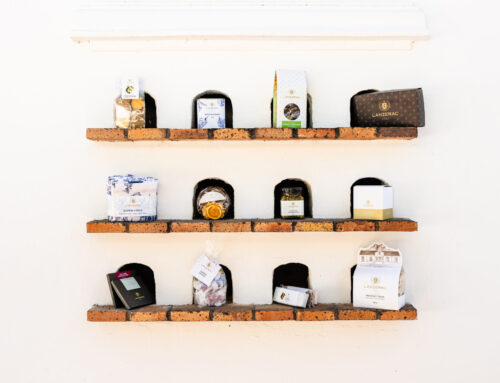Imagine the harvesting season as your favourite musician, basking in the limelight on stage. In contrast, the winter rest period is like the sound technician, essential but often unnoticed. Winter in the vineyard, with its cold and rain, is frequently overshadowed by the excitement of the harvest. However, without this crucial season, the quality of the harvest would suffer greatly.
During winter dormancy, the vineyard may appear to be in a state of pause. With no leaves for photosynthesis, the vines rely on carbohydrates stored in their trunks and roots. With the vineyard’s metabolism almost non-existent (much like ours during winter), these stored reserves are vital for reawakening in the spring.
Ample rainfall and occasional snow provide essential nutrients and maintain cool temperatures, allowing the vines to rest deeply. Winter is also the perfect time for pruning, as the absence of a leafy canopy offers clear visibility, and the energy reserves are concentrated in the lower trunk and roots. Pruning removes the previous year’s canes, preparing the vines for new growth and budding in spring.
Additionally, pruning helps estimate the vineyard’s yield. With the vines aligned in continuous rows and each arm spaced evenly, knowing the area of the block and the spacing of rows and vines enables simple yield calculations. For instance, if each arm grows new shoots and two clusters, you can estimate the yield for the next harvest.
These essential winter tasks set the stage for the vines to perform their best, ensuring a vibrant and successful harvest when summer returns.

















